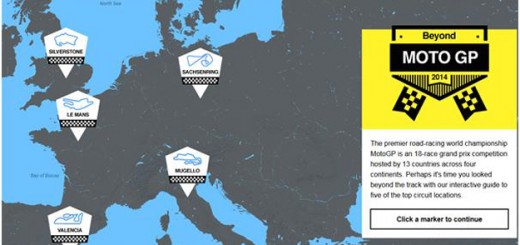The Internet of Things (IoT) is based on a chain of connected devices, people, data, and applications over the Internet. This enables better interaction, management, services integration, and control. It is a network that has been growing at an exponential rate and requires a platform capable of collecting and storing data generated by the devices. Many services like sumatosoft have developed applications around IoT and Big Data, empowering organizations with the right tools required to succeed.
This guide checks on the challenges and applications that exist in this growing domain of IoT and Big Data.

Big Data Challenges in the IoT Era
Large volume of data is not of much use unless it has been processed to create valuable information. Data collection, processing, and storage, all have certain challenges associated with them.
Some of the most notable of these challenges include the following:
i. Reliability of Data
Big data is sourced from endless network of sensors. So it is important to ensure that the sensors are working properly. Any breakdowns in sensors and poor environmental conditions should be checked and accounted for.
ii. Degree of Analysis
It is crucial to realize that not all Big Data is equally important. So Big Data faces another challenge – the degree of analysis required for different sets of data. Some data sets may require quick and shallow analysis while others may require deeper analysis that provides more value.
iii. Data to be Stored
Connected devices can generate TBs of data. It is crucial to decide which data sets are needed, should be stored, and which should be dropped.
It may not be possible to determine the value of some data sets. It may, however, be required in the future. Another challenge that arises in this domain is to reduce the cost of data storage for such potential future applications. The cost of data storage and processing are high for Big Data.
iv. Data Security
In an environment with endless connected devices, security can be a serious concern and challenge. There are endless entry points for cyber attackers and access data. It is a big challenge for security experts that IoT is a new concept. The lack of experience can significantly increase security risks.
Solution to Big Data Processing
The features of incoming data and potential outcomes influence the components of data processing within an IoT architecture. IoT solutions can help address Big Data processing challenges when the right approach is followed.
Big Data can either be received in streaming form or periodically. Streaming data is meant for real-time processing and instant management. The connected devices or ‘things’ send data to gateways where initial stage of data filtering takes place. Preprocessing can also take place here to reduce the amount of data that reaches the next stage in the IoT system.
Machine Learning
This stage in the IoT system develops models based on the historical data has been previously gathered. Such models keep getting updated with new streams of data. The new data is gathered and used for training purpose and developing newer models. When such models get tested by experts, control applications can use them to send commands responding to new sensor data.
Edge Analytics
This phase involves real-time analytics for instant recognition of useful patterns that may have been detected during deep analysis in the Cloud. Cloud gateway is essential for translating basic protocol and communicating between different sets of data protocols. This further allows data compression. Another benefit is higher level of security for data transmission between IoT servers and field gateways.
So these are some of the most important challenges, solutions, and applications in the domain of IoT and Big Data.




